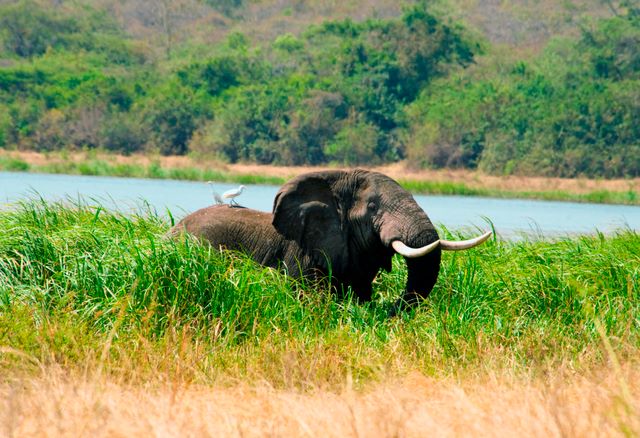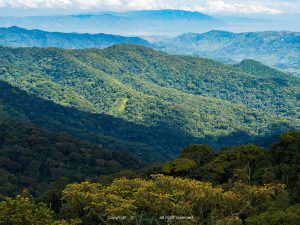Akagera National Park
Located in Eastern Rwanda along the border with Tanzania, Akagera National Park spans 1,200 sq kilometers and was founded in 1934. Named after River Kagera, which feeds several lakes within and around it, including Lake Gishanju, Lake Ihema, Lake Mihindi, Lake Rwanyakizinga, and Lake Shakani, the park boasts a stunning landscape of Savannah grasslands, forests, plains, and rolling hills.
Having endured a tumultuous past, the park faced challenges during the 1994 genocide and civil war. A significant influx of refugees, fleeing through and returning to the park, contributed to issues such as poaching and deforestation. This period saw a threat to wildlife, with some species facing extinction as domestic animals, particularly local long-horned cattle, replaced them. To address this, the government allocated half of the park to resettling refugees and reserved the other half for wildlife protection.
In 2010, a joint management agreement between the Rwanda government and the Africa Parks Network, supported by the Howard Buffet Foundation, marked a turning point. Efforts focused on reintroducing extinct species like lions and rhinoceros while enhancing security through park fencing and increased air surveillance to combat poaching.
Wildlife in Akagera National Park
This initiative has been remarkably successful, with Akagera now home to the big five (buffaloes, leopard, elephants, lions, and rhinoceros), making it a premier destination for African safaris. Beyond the big five, the park boasts diverse wildlife, including Savannah animals like topi, hippos, crocodiles, and a plethora of bird species, with over 500 identified.
The resurgence of major species and the park’s growing popularity have led to increased tourism, generating significant revenue for infrastructure development and job creation. As Rwanda continues to propel its tourism sector, Akagera stands as a testament to successful conservation efforts.
How to get to there?
Accessing Akagera National Park is possible via air or road, with flights from Kigali offering aerial views of the park. The park is approximately a three-hour drive from Kigali, with well-paved roads leading to the entrance. Private vehicles and drivers can be hired, or tourists can opt for tour operators to arrange transportation and activities.
Safaris in Akagera offer a unique opportunity to witness the big five amidst stunning natural scenery. With its proximity to Kigali, the park appeals to both local and international tourists, offering a quieter safari experience compared to more frequented parks. Activities within the park range from game drives and boat trips to birdwatching and cultural visits, providing a diverse and immersive wildlife experience.
Visitors should plan their trip during the dry season, typically between December and February, to avoid challenging road conditions. Additionally, proper precautions against insect-borne diseases like malaria and yellow fever are essential, along with booking accommodations in advance due to limited options within the park.
Accomodation
Accommodation choices within Akagera vary from luxury lodges to budget-friendly options, catering to diverse preferences and budgets. Whether opting for a luxurious tented lodge or a budget hotel, visitors can expect comfort and hospitality amidst the park’s natural splendor.




